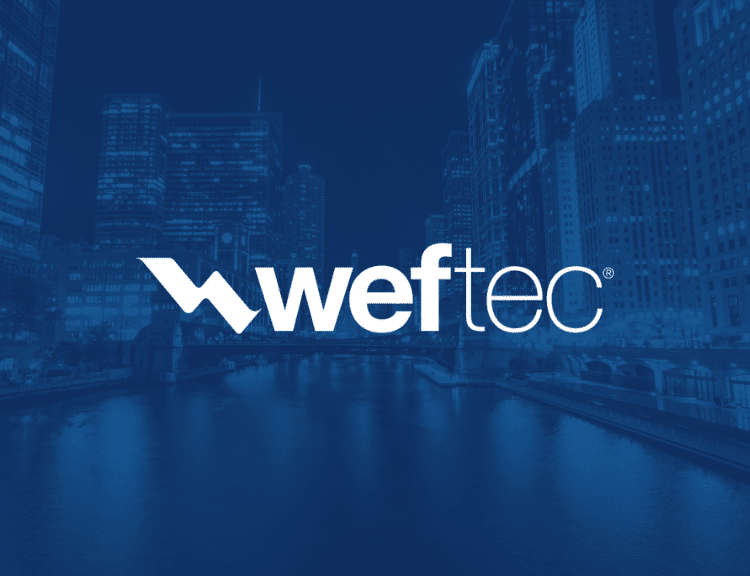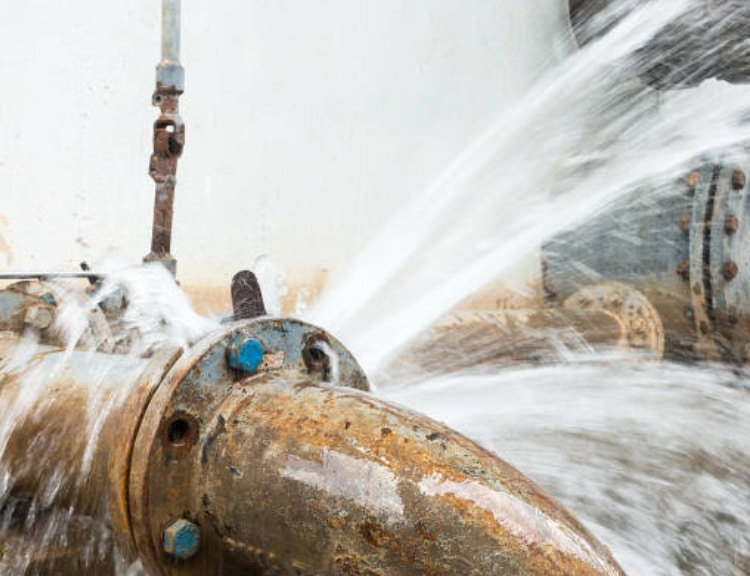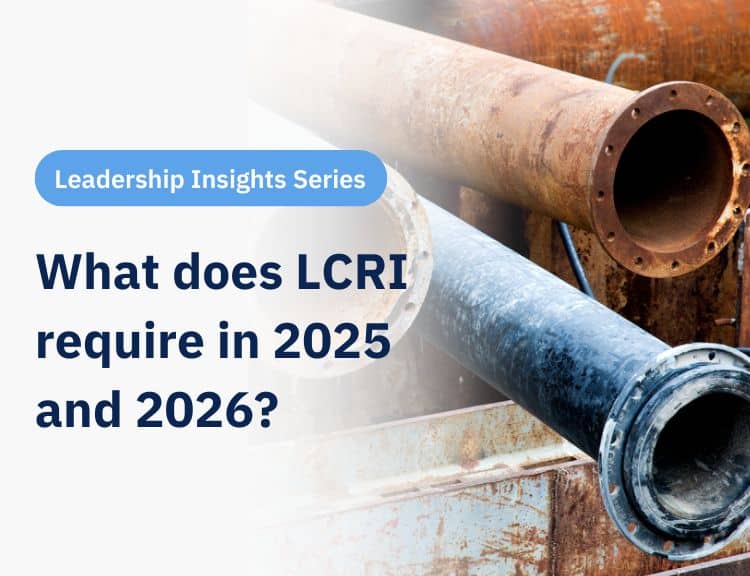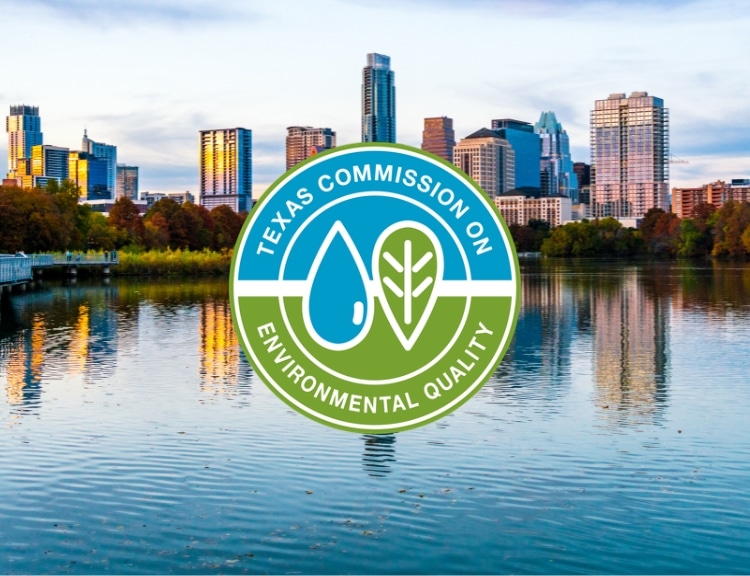A few weeks ago at WEFTEC 2025 I was on a panel talking about AI adoption and water utilities. It seemed like a majority of the presentations and panels this year had something to do with AI. U.S. water utilities have historically been slow adopters of new, cutting edge technologies. Recent surveys have shown water systems lag other industries and even other utility sectors in adopting AI-enabled technologies. This makes sense in an industry with a mandate to provide clean and safe drinking water, where trust is primary to the mission.
However, things are starting to feel different. Operators in the past who were skeptical, are now more curious, have more questions and seem more open to explore AI-driven solutions. Part of the reason for the shift is that AI-native, vertical SaaS vendors have developed proven solutions to some of the biggest challenges in the industry: predictive modeling for material identification, pipe failure, optimizing maintenance, and more.
AI-enabled predictive modeling is best when trained on large amounts of data. For over a decade, water utilities have prioritized record digitization. Water network infrastructures are quite large and have data that spans back decades – more data than most other industries. Analyzing this mountain of data can be challenging, however, due to legacy and disparate systems, as well as the need for experienced data analysts.
AI 1.0 – a huge win for the water industry
The first inceptions of commercial AI applications combined data science and machine learning to create informational model-based systems. This is characterized by pattern recognition, largely static historical data and information processing, and has fueled advances in recommendation systems for water systems. AI is even solving the challenge of cleaning disparate data from legacy systems.
Decision making with these recommended outputs has largely been operator-driven. These advances have been primarily achieved by relying on large amounts of historic data to identify patterns, the size, scope and complexity of which make it humanly impossible or impractical to analyze. This breakthrough was made possible with advanced computing and machine learning algorithms.
AI 2.0 – a bridge too far for water?
AI 2.0 represents a significant shift towards autonomous agents capable of using the foundations of 1.0, but in addition ingesting and assessing real-time data, learning, and adapting from interactions to make decisions (allocate resources, schedule tasks, automate responses). To make this happen, new and expanded datasets will need to be utilized. This next generation of AI leverages larger, more diverse datasets and large language models to provide better predictions and nuanced decision-making, enabling proactive management and continuous self-improvement in dynamic environments. Rather than analyzing static data and providing outputs, these agents will adapt to changing and complex environments, in order to meet goals, through Reinforcement Learning. Advances in powerful GPUs, LLMs and neural architectures have now made this possible. Given water systems’ public health mandate, we should be cautious about full AI agentic decision making. AI can help operators optimize system management, but I’m wary of the risks in allowing it to make autonomous decisions.
Three potential AI paths ahead
The water industry’s measured approach to AI makes sense, as there is an abundance of confusion and options to choose from, not to mention that the AI ecosystem is changing rapidly.
I most often see three AI adoption paths offered to water utilities. The first is the largest and most comprehensive, promising increased efficiency and better decision making across the entire utility by integrating an LLM into the system’s data and knowledge bases. This tends to be a large, costly and multi-year endeavor saved for only the largest systems, with high risk and unknown reward.
The second is the cheapest and easiest but hardest to measure positive results. In this path, the utility provides paid and supported licenses to one of the leading AI applications (OpenAI, Anthropic, Perplexity). This often goes along with the software solutions already in place at water utilities that have added AI capabilities seamlessly into their products (Microsoft Co-Pilot, etc.). The key to success on this path is providing employee training and IT oversight. With tight budgets and unproven ROI, this might not be a priority path.
The third, and I believe the most impactful AI-adoption path, is vertical AI-enabled solutions, which are customized, native AI-solutions built to solve important water utility problems that are humanly-impossible or -impractical to solve. These AI 1.0 solutions not only solve these large problems more efficiently and effectively, but also tend to solve the problem better. There are several proven solutions in this path (predictive modeling, data integration, video analysis, customer support). These solutions have a proven financial payback and benefit for utilities that have adopted them.
Reflecting on this year’s WEFTEC conference makes me optimistic about the excitement for AI that we see in the field, but also wary. There are many potential AI paths forward, and water utilities should think hard about the values and trade-offs of each before running down any shiny new AI road.
AI in water doesn’t have to be risky, when it’s done right.
BlueConduit’s predictive modeling platform helps utilities harness their data to solve the hardest challenges in water infrastructure. Join the growing number of systems using AI you can trust.





